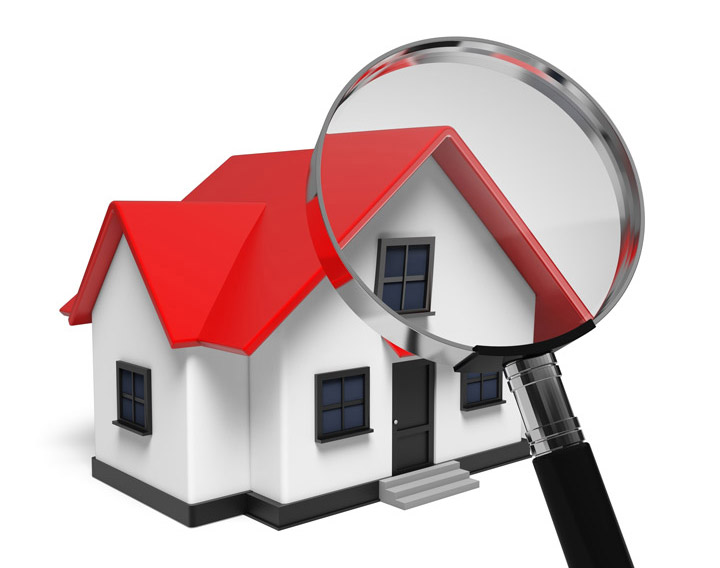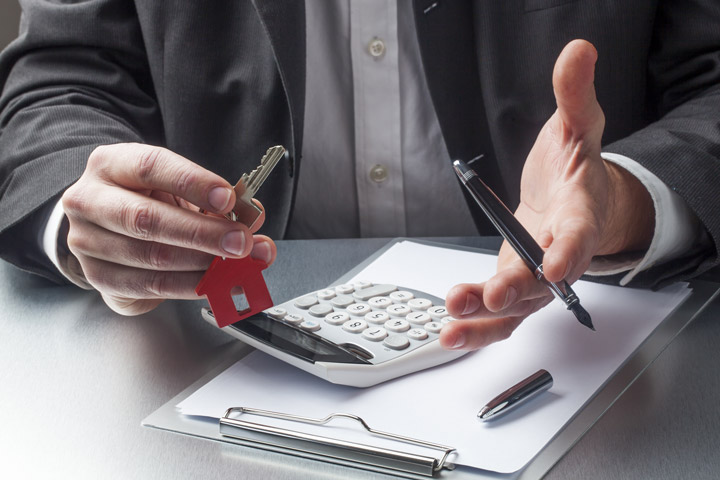
What Goes Into an Appraisal?Acquiring a home can be the most significant investment most people may ever consider. It doesn't matter if a primary residence, a second vacation property or one of many rentals, the purchase of real property is an involved financial transaction that requires multiple people working in concert to pull it all off. It's likely you are familiar with the parties having a role in the transaction. The most recognizable person in the exchange is the real estate agent. Then, the bank provides the money needed to bankroll the deal. And ensuring all requirements of the transaction are completed and that the title is clear to pass to the buyer from the seller is the title company. So, who's responsible for making sure the value of the property is in line with the amount being paid? In comes the appraiser. We provide an unbiased estimate of what a buyer might expect to pay — or a seller receive — for a parcel of real estate, where both buyer and seller are informed parties. A licensed, certified, professional appraiser from Maria Storti will ensure, you as an interested party, are informed. Inspecting the subject propertyOur first responsibility at Maria Storti is to inspect the property to determine its true status. We must physically see features, such as the number of bedrooms and bathrooms, the location, amenities, etc., to ensure they indeed are present and are in the shape a reasonable buyer would expect them to be. The inspection often includes a sketch of the property, ensuring the square footage is proper and conveying the layout of the property. Most importantly, we identify any obvious amenities - or defects - that would affect the value of the property. Following the inspection, we use two or three approaches to determining the value of the property: a paired sales analysis, a replacement cost calculation, and an income approach when rental properties are prevalent. 
Replacement CostThis is where we use information on local construction costs, labor rates and other elements to ascertain how much it would cost to construct a property similar to the one being appraised. This value usually sets the maximum on what a property would sell for. It's also the least used method. 
Analyzing Comparable SalesAppraisers become very familiar with the subdivisions in which they appraise. They thoroughly understand the value of certain features to the residents of that area. Then, the appraiser researches recent transactions in close proximity to the subject and finds properties which are 'comparable' to the subject in question. By assigning a dollar value to certain items such as upgraded appliances, additional bathrooms, additional living area, quality of construction, lot size, we add or subtract from each comparable's sales price so that they more accurately portray the features of subject property.
An opinion of what the subject could sell for can only be determined once all differences between the comps and the subject have been evaluated. At Maria Storti, we are an authority in knowing the worth of real estate features in Orange and Orange County neighborhoods. This approach to value is most often awarded the most importance when an appraisal is for a home exchange. Valuation Using the Income ApproachIn the case of income producing properties - rental houses for example - we may use an additional way of valuing real estate. In this case, the amount of income the property yields is factored in with other rents in the area for comparable properties to derive the current value. Arriving at a Value ConclusionCombining information from all approaches, the appraiser is then ready to put down an estimated market value for the property at hand. It is important to note that while this amount is probably the strongest indication of what a house is worth, it may not be the price at which the property closes. Depending on the specific circumstances of the buyer or seller, their level of urgency or a buyer's desire for that exact property, the closing price of a home can always be driven up or down.But the appraised value is often used as a guideline for lenders who don't want to loan a buyer more money than they could recover in the event they had to put the property on the market again. The bottom line is, an appraiser from Maria Storti will help you get the most fair and balanced property value, so you can make the most informed real estate decisions. |